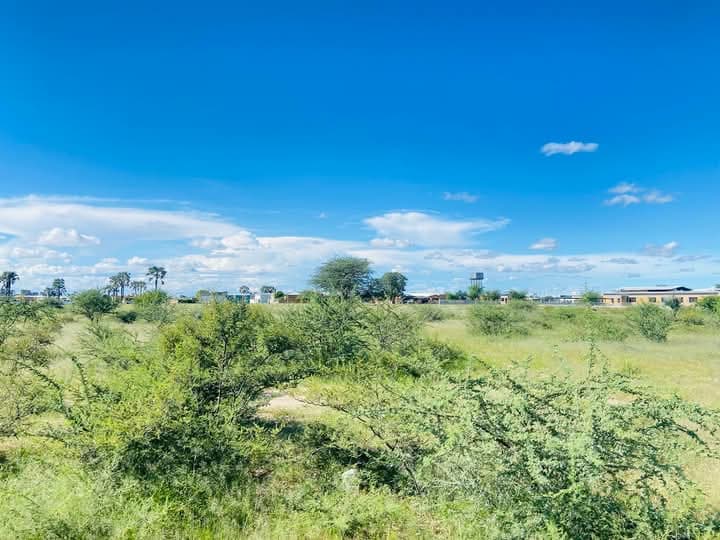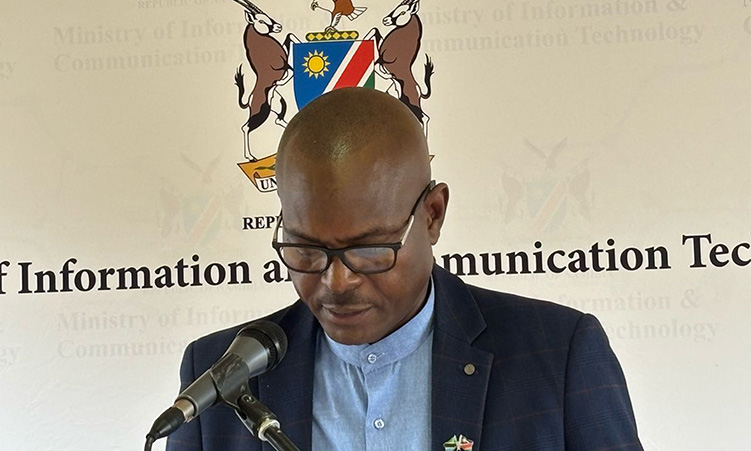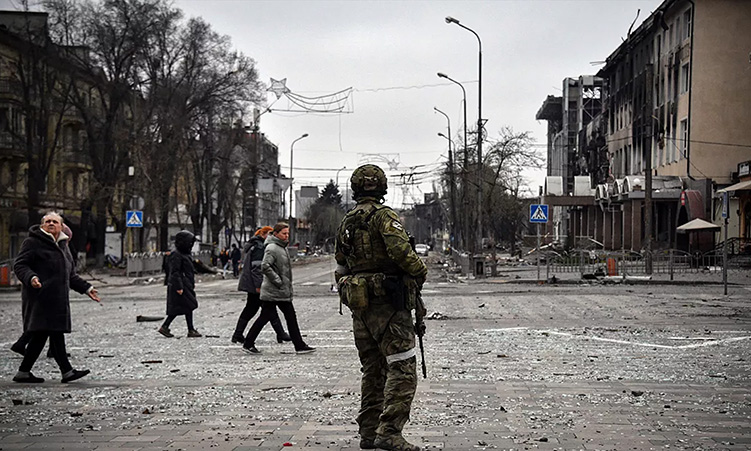LONDON – A worldwide liquidity injection by the International Monetary Fund is already helping smaller emerging economies to support their currencies and improve their credit standing, although it may carry inflation risks.
Just ahead of the G20 finance ministers’ meeting in London this weekend, the IMF last week transferred an allocation to its 186 country members of US$250 billion in special drawing rights (SDRs), the IMF’s internal unit of account.The allocation was part of the US$1,1 trillion in extra funds promised for the IMF at the G20 summit in April, and around US$110 billion is going to developing economies.’It’s US$110 billion of additional potential liquidity for emerging markets – that’s a positive,’ said Simon Quijano-Evans, Europe and Middle East economist at Cheuvreux in Vienna.The promise of more funds has helped to boost the fortunes of economies with worrying imbalances in recent weeks, reducing the costs of insuring their debt against default.The SDR, used as the unit of payment for IMF loans, is made up of a basket of euro, yen, sterling and dollars.The size of each country’s SDR allocation is linked to the size of its ‘quota’ with the multi-lateral lender, based on the country’s relative size in the world economy.This means the SDR allocation varies greatly even among emerging markets, from around US$11 million for Dominica to around US$10,5 billion for China.For a country like China, which has more than US$2 trillion in foreign exchange reserves, the allocation is tiny.However, for smaller countries with balance of payments problems, the allocation is significant, analysts say.’The liquidity-positive impact (is) to be felt most greatly in countries with a smaller FX reserve stock, providing them with a greater cushion to withstand balance of payments pressures,’ said analysts at RBC in a client note.A stronger foreign exchange reserves position will leave economies less at risk of a currency crisis.Credit ratings agencies also look at the strength of a country’s FX reserves when making ratings decisions, with a stronger reserves position cited by Fitch this week, for example, when it upgraded its outlook on South Korea. – Nampa-Reuters
Stay informed with The Namibian – your source for credible journalism. Get in-depth reporting and opinions for
only N$85 a month. Invest in journalism, invest in democracy –
Subscribe Now!










